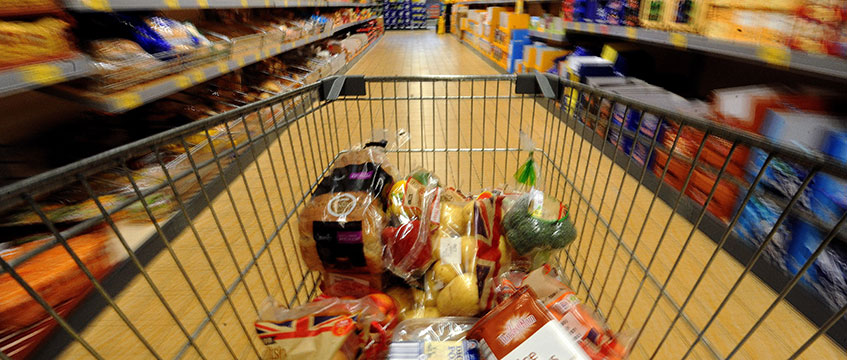Supermarket developments crossed off the shopping list
Application volumes for new supermarkets have tumbled by 61% from their peak in 2015, with speculative proposals taking a dramatic nosedive.
Just 117 new-build applications were submitted during 2018, according to new findings by Radius Data Exchange, in comparison to more than 300 coming through three years earlier.
Application volumes for new supermarkets have tumbled by 61% from their peak in 2015, with speculative proposals taking a dramatic nosedive.
Just 117 new-build applications were submitted during 2018, according to new findings by Radius Data Exchange, in comparison to more than 300 coming through three years earlier.
This has precipitated a dramatic fall in the square footage of new stores proposed – down to just over 2m sq ft from almost 6m sq ft in 2015.
Proposals for new discount stores remain the predominant driver of activity, with 75 of the units proposed last year earmarked for occupation by either Aldi or Lidl.
Combined, the pair have taken the mantle for new store developments from the traditional “Big Four” operators – Asda, Tesco, Morrisons and Sainsbury’s – which have, by comparison, rowed back on their active expansion programmes since 2012.
This is probably down to a sharpened focus on convenience provision, rather than what are conventionally viewed as “traditional” large-store developments.
Tellingly, the average size of new supermarket or foodstore applications has shrunk by 58% in comparison with 2012 – when, for example, the average size for a new Tesco store was north of 50,000 sq ft.
Since 2016, however, the average proposal for a new Tesco has been closer to 26,000 sq ft – a trend mirrored across the Big Four operators looking to a wider variety of formats to help them tap into evolving consumer patterns of grocery shopping.
Figures from Kantar Worldpanel show that Asda has overtaken potential merger companion Sainsbury’s as the second-largest grocer by market share during 2018, albeit with a reduced overall slice of the pie in comparison with last year.
Aldi and Lidl remained in fifth and seventh places respectively, but each saw their market share grow compared with their standing in 2017 – as did sixth-placed Co-op, which was the third-largest supermarket for new stores after logging 18 applications in 2018.
Often, those proposals come through the foodstore operators themselves – being, as they are, keen to take control of their own development strategy.
On other occasions they will be the named operators of foodstores that have come through a property developer, either as part of a wider proposal or because they have identified a potential site for a supermarket.
It has become much rarer in recent years for developers to submit applications without having that named operator beforehand and to make speculative applications for foodstores. Last year, just nine of these came through, in comparison with 68 in 2012 – an 86% drop in application volumes.
Radius Data Exchange’s figures highlight that even when a speculative supermarket development gets permission, it is unlikely then to attract an occupier – with just 49 out of 171 such consents since 2012 ending up with a named operator and making progress.
Looking at this in a wider sense, 10% of the supermarket square footage that has gone in for planning since 2012 has stalled at the permission stage, with no named brand (either at application stage or subsequently) and no evidence of progress made.
The North West and the South East have the majority of this space, with just over 1m sq ft in undeveloped permissions across these regions combined; however, in proportionate terms Northern Ireland has suffered most by this metric – with 144,000 sq ft of undeveloped permissions representing 31% of proposed supermarket space since 2012.
This could explain the drop in speculative proposals. Developers have probably noticed this pattern themselves, and have chosen to seek a guaranteed occupier before submitting their applications rather than the other way round, which is what used to happen in the earlier part of this decade.
Logically, this would have enabled them to better provide the store formats that these brands are actively seeking in order to grow or maintain market share. It also reduces the risk of having such a glut of permitted space without having the operator demand to fill it, which would have jeopardised the viability of projects and resulted, no doubt, in a great deal of wasted money.
So, as supermarket brands continue to evolve their strategy in terms of physical store expansion, we can probably expect fewer speculative proposals – and, as the march of the discount brands shows no signs of relenting, we can probably expect their market share to continue nudging upwards in the ever-intensifying battle for the grocery pound.
To send feedback, e-mail graham.shone@egi.co.uk or tweet @GShoneEG or @estatesgazette











